- October 19, 2023
Can Tortoises Eat Cilantro? Nutrition Facts & Safety Guide
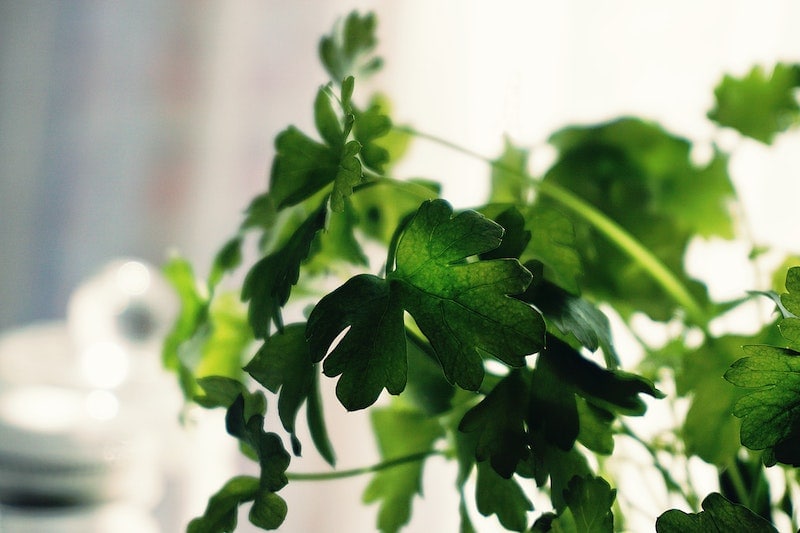
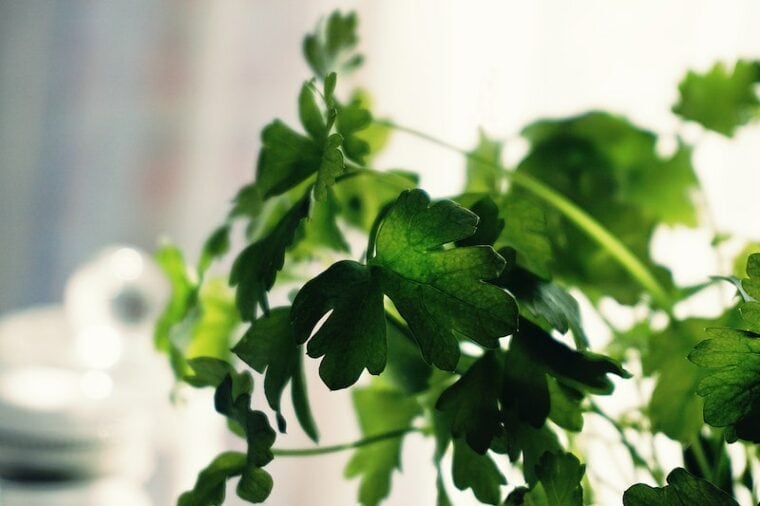
Most species of Tortoise are herbivores, although some are omnivorous and consume insects and other small creatures. In either case, Tortoises do enjoy eating a lot of different plants, including some herbs. Cilantro, which is the leaves and stems of the coriander plant, is not only safe for Tortoises to eat but it can be good for gut health and is a good source of vitamin C.
However, some caution is required when feeding cilantro because it contains oxalic acid which can prevent the Tortoise’s body from being able to adequately absorb the calcium in their diet. Therefore, owners should not feed cilantro as a primary source of food but feed it occasionally and ensure that their Tortoises get a good range and variety of plants.
Read on to find out how much cilantro you should feed, as well as some other foods you can give your pet Tortoise.

About Tortoises
Tortoises are a member of the Turtle family. They are reptiles that have shells protruding from their body. Unlike other Turtles, Tortoises generally live on land, and most species are herbivores so exclusively eat plants and plant matter. Tortoises have existed for more than 200 million years, making them one of the oldest orders of animals: older than lizards, birds, and mammals.
Some can live 100 years or more, and the approximately 50 species of Tortoise live on all continents except Antarctica. They can also make good pets, although potential owners shouldn’t expect to play with their Tortoises, and good care is required to ensure they live a long and healthy life.
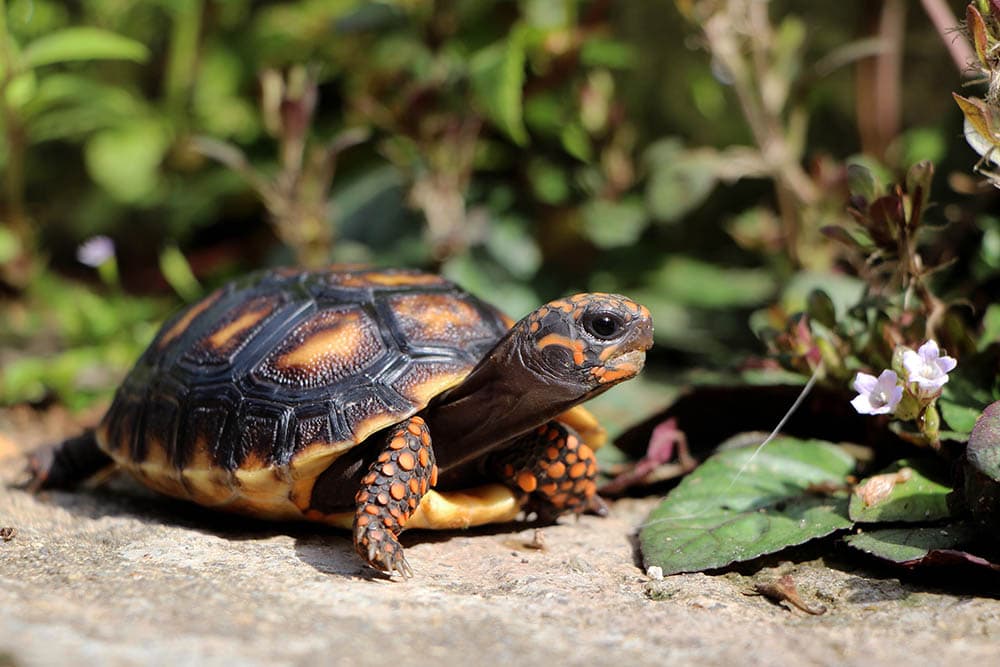
Tortoise Diet
The majority of species of Tortoise are herbivores and live on a diet consisting primarily of grass, as well as foliage, plants, and some fungi. Omnivorous Tortoises will eat some small creatures, typically insects including millipedes, worms, snails, and slugs. They may also eat carrion, which is the meat of already-dead animals if the opportunity arises.
Owners need to research the exact species of Tortoise they have to determine ideal diet ratios, but most herbivorous Tortoises require a diet consisting of up to 75% grass and hay. The rest of the diet should be made up of a combination of flowers, greens, vegetables, and herbs.
How Much Should Tortoises Eat?
There are various guidelines on how to determine the amount to feed a Tortoise. If yours has the run of a garden, it will likely eat all the grass and flowers it wants. Alternatively, give an amount of food that is roughly equivalent to the size of the Tortoise’s shell. You can feed your Tortoise 5 days a week, with the two other days giving the animal’s digestive system a chance to catch up.
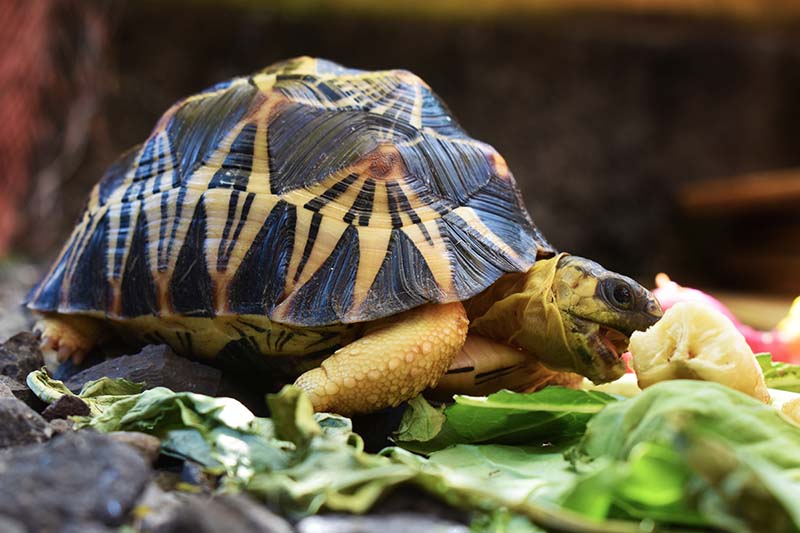
Can Tortoises Eat Cilantro?
Cilantro is an herb and is packed with vitamins and minerals. In particular, it has a high concentration of vitamin C. Vitamin C is found in most fruit and greens, and it is rare for Tortoises to have a deficiency in this vital vitamin, but it can happen if you don’t pay close attention to what you are feeding. Cilantro also contains antioxidants that serve a variety of purposes but are especially useful for maintaining good gut health.
How and How Often to Feed
Feeding cilantro is easy. Wash the plants, ensure they are dry, and remove the stems and leaves. You can then spread some of the herb over your Tortoise’s meal or give a small handful of the herb as a treat. Ideally, you should vary the herbs and vegetables that you feed. This ensures that your Tortoise gets a good combination of vitamins and minerals, and it will also prevent your Tortie from getting bored of the food you provide.
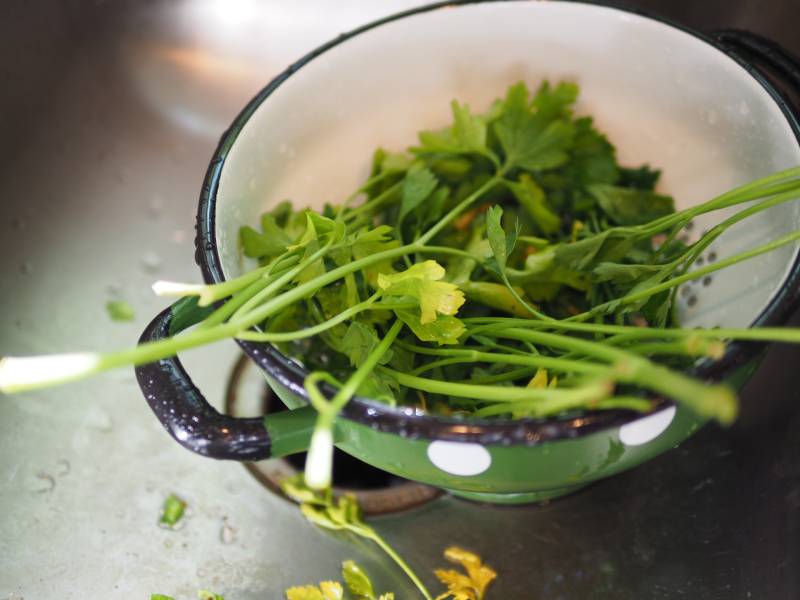
The 5 Other Foods That Tortoises Can Eat
You should never feed herbivorous Tortoises meat and never feed any Tortoise processed foods. Processed foods are high in sugar and salt, both of which should be avoided. As well as cilantro and good quality grass or hay, you can feed your Tortie the following items:
1. Kale
Kale is readily available and reasonably priced. You can even grow it yourself, and it is packed with vitamins A, C, and K. It also contains potassium, calcium, and manganese. However, it also contains goitrogens that can interfere with the healthy operation of the thyroid, so kale should be fed in moderation.
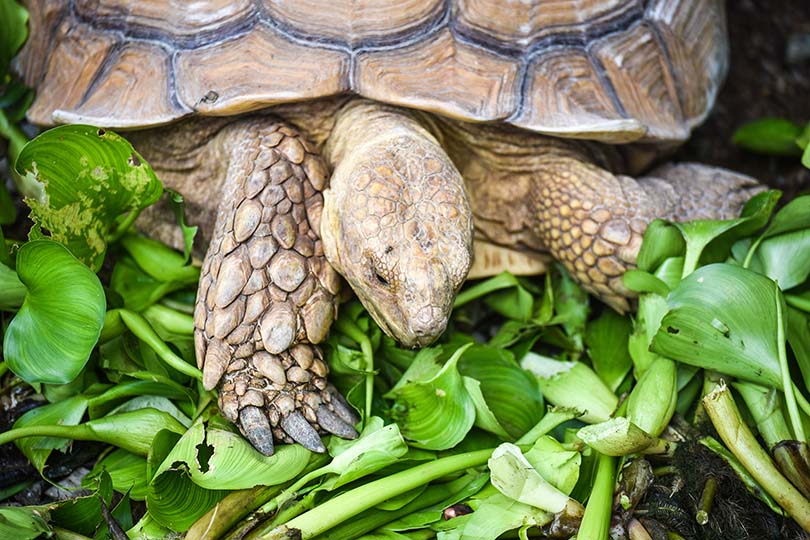
2. Collard Greens
Collard greens are another leafy green that is good for Tortoises in moderation. It contains similar compounds to kale as it comes from the same family, and they can help maintain a healthy shell and bones. Like kale, collard greens do contain goitrogens, so moderation is key with this vegetable too.
3. Dandelions
Dandelions are a nuisance in most gardens. They pop up in the middle of the lawn and are difficult to control. Your tortoise can help out. Dandelions are especially beneficial for their high concentration of antioxidants and potassium, but they do contain oxalates and can act as a diuretic so they should not form too large a portion of your Tortoise’s diet.

4. Bell Peppers
Bell peppers are very high in vitamin C as well as B6 and fiber. However, these ingredients are available in grass and hay, and red bell peppers are high in sugar, too much of which can make your Tortoise put on weight. Bell peppers can be fed in small amounts to offer variety in your pet’s diet.
5. Strawberries
Some species of Tortoises can eat fruit, but they are not suitable for all Tortoises, so check the species you have. Fruit-eating Tortoises can benefit from being given strawberries because these small, juicy fruits are full of moisture and can help ensure your Tortoise stays well hydrated.
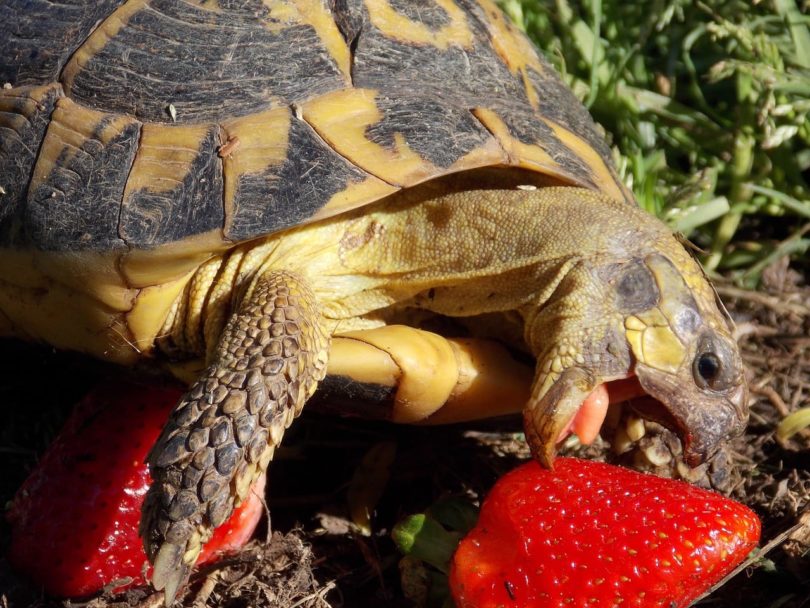

Conclusion
Different species of Tortoises have different dietary requirements. Some are omnivores and eat insects and other meat, but most are herbivores so rely on a diet consisting solely of plant materials. Although the majority of your Tortoise’s diet will likely consist of grass and hay, it should also contain vegetables, leafy greens, and herbs. Some species may also need fruit as part of their diet.
Cilantro is generally considered a good addition to a Tortoise’s diet, but it does need to be fed in moderation and in combination with other fresh foods to avoid causing potential thyroid problems.
Featured Image Credit: suzy-hazelwood, Pexels
Tags
What do you think?
Related Articles

New Puppy Checklist: Gear You’ll Need for Your New Dog
Getting a new puppy is really exciting, but before you welcome them home, it’s important to prepare your space for them. Since puppies need a
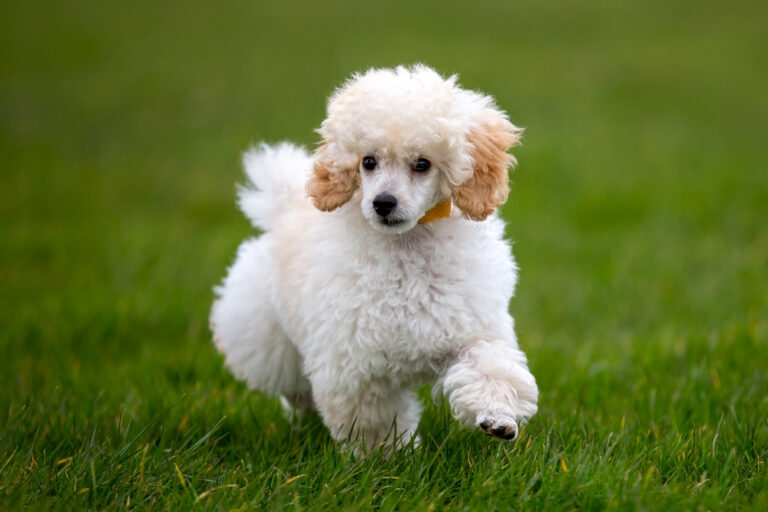
How Big Do Mini Poodles Get? Vet Reviewed Average Weight & Growth Chart – Dogster
The information is current and up-to-date in accordance with the latest veterinarian research. Learn more » When you buy a Miniature Poodle, you might not

Can Police Dogs Smell Nicotine? Vet Verified Facts & Info – Dogster
The information is current and up-to-date in accordance with the latest veterinarian research. Learn more » While cigarette sales have been declining steadily for decades,
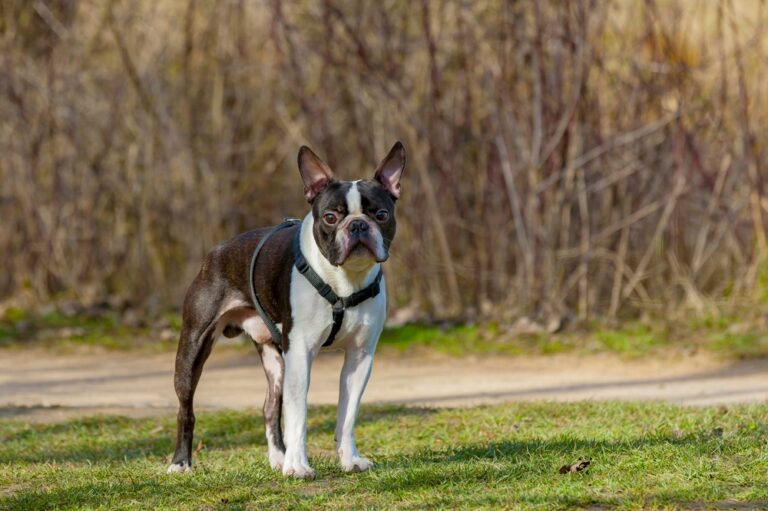
How Old Is 5 in Dog Years? Vet-Approved Guide to Each Size of Dog – Dogster
The information is current and up-to-date in accordance with the latest veterinarian research. Learn more » A common method for calculating a dog’s age is

